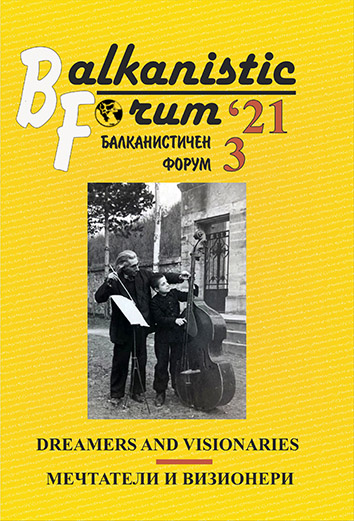Визионерство и здраве: моделът „Семашко“ и съветизацията на общественото здравеопазване в България (1944–1951)
Visionarity and Health: The Semashko Model and the Sovietization of Public Health in Bulgaria (1944–1951)
Author(s): Milena AngelovaSubject(s): History, Cultural history, History of ideas, Social history
Published by: ЮГОЗАПАДЕН УНИВЕРСИТЕТ »НЕОФИТ РИЛСКИ«
Keywords: history of public health; Bulgaria; soviet healthcare system; the Semashko model
Summary/Abstract: After the Second World War and until 1990, Bulgaria, as most of the former communist countries from the Eastern Europe, implemented a Semashko healthcare system developed in the USSR. Named after the First People’s Commissar of Health of the Soviet Russia, Nikolai Semashko, Soviet health care was developed as “social health care”, trying also to eliminate the social reasons for illness, thus transforming society and economy as a whole. This type of system was based on the centrally planned principles, on rigid management and on the state monopoly. Consequently, the healthcare system created by the Ministry of Health was integrated and centralized, completely controlled by the state. The system of health services in Bulgara from 1944 to 1990 was inspired by the Soviet model Semashko, a centralized state system, which seemed to guarantee “free access to health services for the entire population”. In the research the author focuses on the policies in the field of public health in Bulgaria between 1944 and 1951, when the "Sovietization" in this field took place.
Journal: Балканистичен Форум
- Issue Year: 30/2021
- Issue No: 3
- Page Range: 74-103
- Page Count: 30
- Language: Bulgarian
- Content File-PDF

